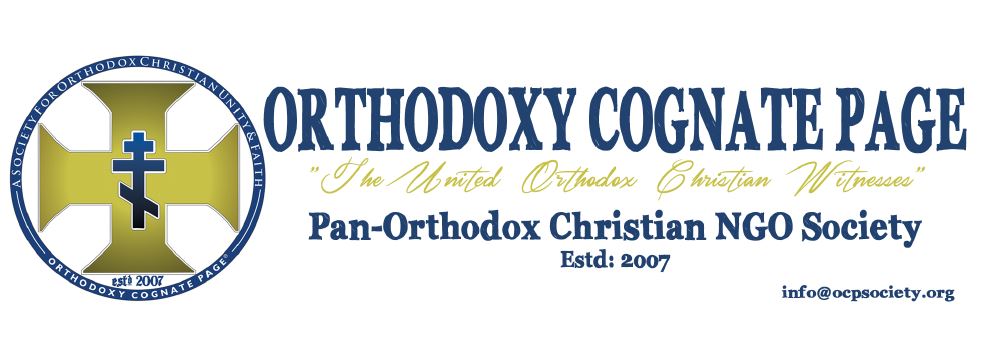Icon museum hosts concert of Sacred Music
By Joyce Tamer Telegram & Gazette Reviewer
16/5/2011
With a replica of Andre Rublev’s icon of the Holy Trinity as a background, seminarians from Holy Trinity Seminary sang a program of Russian sacred music to a capacity audience in the Museum of Russian Icons in Clinton on Saturday afternoon.
The five young men from the seminary in Jordanville, N.Y., sang chants and composed works reflecting 1,000 years of music for the liturgical year of the Russian Orthodox Church. Most of the works were based on text from the Psalms, though other music was based on words from the Gospels and sources from the Old Testament.
The seminarians spend four to five years studying at the monastery to earn a degree in sacred theology. From the high caliber of their polished performance Saturday, they would seem to be candidates for a degree in music as well.
The program was sung in Russian, and a cappella, as is the custom in the Orthodox Church. The first half of the program reflected music from the liturgies of various feast days celebrated during the liturgical year. Each selection was preceded by a barely perceptible striking of the tuning fork to establish the pitch and a still more illusory humming of the starting notes by the leader.
Despite the relatively small melodic range inherent in chants, the group developed the individual character of each selection. They sang with a fully developed, relaxed tone quality with no vibrato, and were adept in their use of dynamics to underscore the text.
At full volume, the rich resonance of the lower voices was especially thrilling to hear. The men sang with beautifully shaped vowel sounds and perfect intonation, which was exceptionally beautiful in the few sections of unison singing. There was textural transparency of course, since there were only five voices, but also because the voices were in perfect balance with one another.
After intermission the program was a musical journey through the liturgies of the Great Lent, which culminates in the joyous songs of the Pascha or Easter. The singing at the beginning of the second half of the program was mesmerizing in its reverence; the sound was reflective of the poignancy of the words; and the singing, especially of the high tenor, was beautiful and plaintive.
The program concluded with some of the joyous chants that form the service of the Resurrection. These were brilliantly sung in a brighter tempo, higher range and louder dynamics, reflecting the jubilation of the text.
The ambience of the South Gallery of the museum was a perfect setting for this concert of religious music, which was greatly appreciated by the quiet and attentive audience. The seminarians responded to sustained applause with a joyful encore, Christos Anesti (Christ Is Risen), followed by a thrilling version of our national anthem, as you have never heard it sung before.

